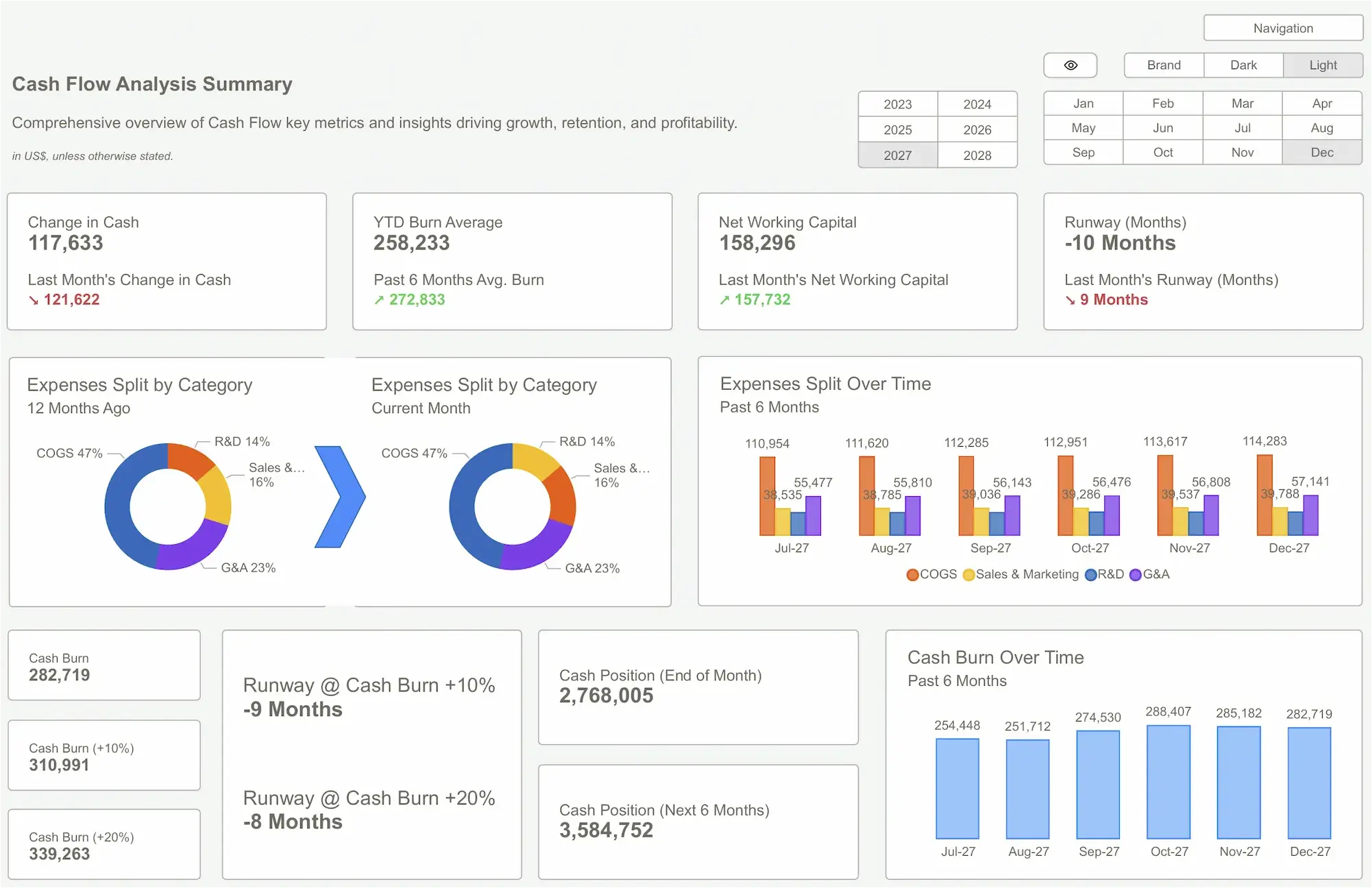In SaaS, two metrics dominate the conversation: churn and retention. They’re treated like opposites—one goes up, the other down—and both are obsessively tracked to understand customer behavior. But there’s a blind spot that even the savviest operators and investors often miss. It's called Survivorship—and it might be the most honest KPI you’re not tracking.
Here’s the short version: churn tells you how many customers left before renewal. Retention tells you how many stayed at the point of renewal. Survivorship tells you how many customers made it to that point at all.
And in Data Analytics Consulting, that missing context changes everything.
Why Churn and Retention Alone Are Incomplete
Churn and retention are both lagging indicators. They focus on what happens at a single moment: the renewal decision. But SaaS customer journeys aren’t binary flips—they’re time-based commitments. Most SaaS contracts are annual, which means users have a long runway to either realize value or disengage entirely.
That’s where Survivorship comes in. Survivorship measures the percentage of customers who complete their full 12-month subscription period. It asks a different question: not "Did they renew?" but "Did they even stick around long enough to make that choice?"
Here’s the danger: a company could show a strong annual retention rate, yet hide the fact that a meaningful chunk of users disengaged or ghosted halfway through their term. If someone stops using your product after month 3—even if they technically remain a “customer” until the renewal cycle—you’re staring at a silent churn that your metrics aren’t capturing.
 Data Analytics Consulting
Data Analytics ConsultingSurvivorship Reveals True Product Engagement
Survivorship acts like a time-based lie detector. It filters out subscription inertia and reveals whether your product actually delivers ongoing value. It’s the metric that surfaces when someone pays for a year—but disappears after Q1. Or when users never even complete onboarding.
Investors often miss this because it’s not in the standard SaaS dashboard. It’s not a vanity number, and it doesn’t look great on a pitch deck. But that’s exactly why it matters.
From a Data Analytics Consulting perspective, Survivorship is how you measure true customer experience integrity over time. Not how they felt in month 1. Not whether they clicked “renew.” But how many actually made it through the relationship.
Survivorship helps answer questions like:
- Are your onboarding flows driving long-term engagement?
- Do users consistently reach product value milestones?
- Where in the journey are customers silently disengaging?
If retention is the wedding, survivorship is the marriage. It’s the grind. The real-life usage. The part that decides whether the customer relationship had meaning—or just looked good on paper.
 Data Analytics Consulting: Why Your KPIs Are Lying
Data Analytics Consulting: Why Your KPIs Are LyingWhy Investors Should Ask for Survivorship
Investors scrutinize SaaS metrics to understand future cash flow, scalability, and product-market fit. But churn and retention can be gamed. Survivorship can’t.
When investors evaluate a startup, they often focus on logo retention or Net Revenue Retention (NRR). These are useful, but survivorship tells you what NRR never will: how many users actually survived the product experience.
For example:
- A 90% retention rate sounds healthy—until you realize only 60% of users were still active at month 11.
- Your top enterprise cohort looks sticky—until survivorship shows they stopped engaging long before they churned.
Survivorship reframes SaaS performance. It brings integrity to growth metrics and acts as a quiet warning bell for unsustainable customer economics. And for investors who pride themselves on pattern recognition, it’s a pattern they should start demanding.
 Data | EY – Forensic & Integrity ServicesFP&A
Data | EY – Forensic & Integrity ServicesFP&ASurvivorship won’t show up in your CRM by default. It won’t headline your fundraising deck. But it’s the metric that reveals whether your product is surviving contact with reality. In Data Analytics Consulting, it’s often the missing piece—the KPI that makes sense of why retention is lower than expected, or why churn happens too late to fix.
If you’re a founder, measure it. If you’re an investor, ask for it. Survivorship doesn’t just clean up your dashboard—it sharpens your strategy.
Get in Touch → Contact No Black Swan for Expert GuidanceGet Started >
Ready to Unlock The Full Power of Clarity?
Explore our engagement options and pick the plan that fits your workflow.




